Texas Science and Natural History Museum Reopens After Renovations
Tucked away on campus and once faced with an uncertain future, the institution formerly known as the Texas Memorial Museum was in danger of becoming history itself.
Closed for the better part of the last three years, it has been officially rebranded as the Texas Science and Natural History Museum following its most extensive renovation in decades.
Visitors are now greeted with a massive new addition: the Texas tyrannosaur. Nearby sits another new exhibit, housed in what was previously office space and titled Texas Transformation—a perfect metaphor for the museum.

Light pours in through a stunning facade of art deco glass-block windows, hidden for more than 80 years behind unreachable curtains that are now easily controlled with the push of a button.
Like the rest of the four-story limestone landmark, the revamped ground floor presents a mix of old and new, repaired and refurbished, all presented with careful reconsideration.
“After the museum closed, we said, ‘Let’s take a step back. Let’s rethink this museum. What does it need to be? How do we re-envision and restore this museum?’” says Carolyn Connerat, BS ’80, Life Member, managing director of the museum.

Originally opened in 1939, the building itself is a piece of living history. Ornate New Deal-era flourishes sparkle and remain sprinkled around the building, like the gilded chandelier above the entrance or the patterned brass inset encompassing the Great Hall.
While vital repairs to the roof and wiring will keep the museum open, a new focus on hosting events will help keep the lights on, with the goal of becoming self-sufficient within four years.
Parties, reunions, and even weddings have quickly filled the calendar. The original plumbing from 1936 was updated for a modern catering kitchen. Already adept at showcasing the past, the museum now aims at securing its own future.
“To visitors from around the world, we want this to be the premier space in Central Texas about science and natural history,” Connerat says. “We want this to be a destination on the UT campus.”
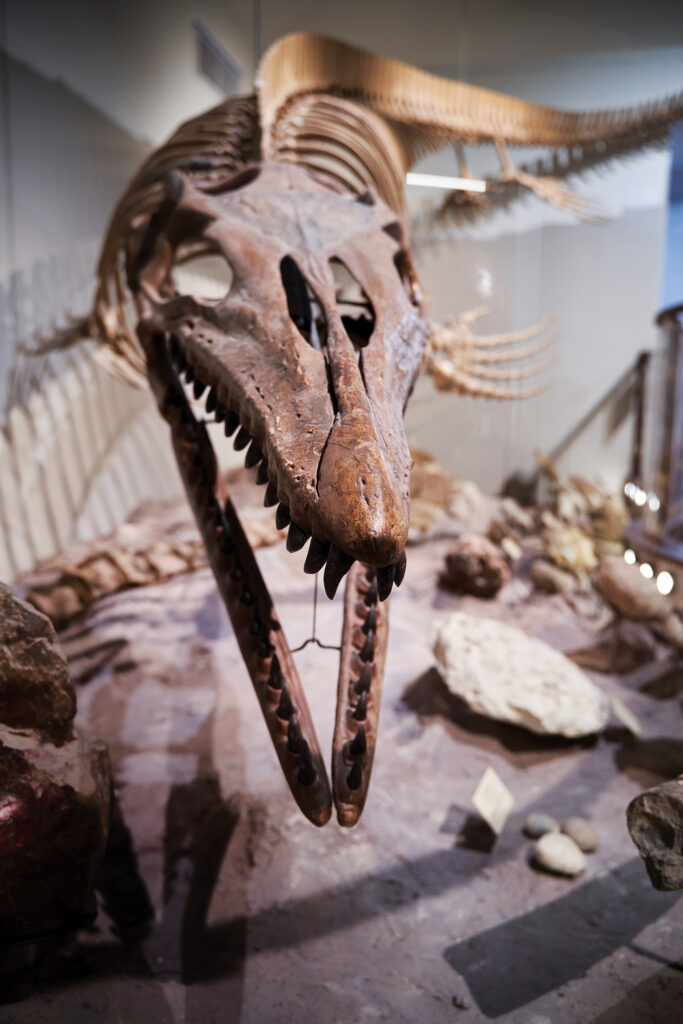
But no longer can the museum rely solely on support from the University—major funding from UT ended in 2013 with difficult budget cuts by the College of Natural Sciences.
Nor can it rely on the state of Texas. Recurring funding for the Texas Memorial Museum ended in 2023, as part of an overall $5.2 million cut to UT’s annual budget that also eliminated funds for the Briscoe-Garner Museum in Uvalde and programs within Texas Law and the IC2 Institute.
But a crucial lifeline came in the summer of 2023, when the Texas Legislature approved an $8 million allotment to renovate the museum.
The aid was granted thanks in large part to the work of a volunteer advisory committee which developed the museum’s business plan for becoming self-sustaining. The strategy includes an expanded gift shop and new membership program to encourage ongoing philanthropy.
“It’s important that we create an engaging and educational space,” Connerat says. “So that visitors want to come here, people want to become members, and so that our donors want to be part of teaching science and natural history to the local community.”

When entering the museum, visitors will be immediately thrust into the world of the Texas Titans. Vast murals depicting the Cretaceous period cover the walls of the Great Hall, as the largest flying creature ever discovered soars reliably overhead.
At roughly the size of a small plane, the fossil cast of the Texas pterosaur, or Quetzalcoatlus, is a familiar sight for some, having hung in the museum since 1999. It was unearthed by a UT grad student walking along a stream in Big Bend National Park in 1971—and blew away previous notions of how large a pterosaur could be.
Likewise, the Texas tyrannosaur was also discovered in Big Bend in the early ’70s. The massive duo, each spanning 33 feet, once roamed the region together.
“We are confident in saying, yes, they lived contemporaneously,” says Pamela Owen, PhD ’00, longtime educator and associate director of the museum. Some 67 million years later, they find themselves reunited 350 miles east in Austin. “Quetzalcoatlus was so lonely for so long,” she adds.
An adjacent side gallery called Texas Transformation is the next big addition to the ground floor. The room spans 600 million years in time, tracing Texas and its inhabitants along the way. It will be the first stop for visitors and a room that contextually ties the museum together.

Long gone are any relics of civic history. Some artifacts migrated to the Bullock Texas State History Museum when it opened in 2001—items such as a dugout canoe from the Karankawa Indian tribe. Also relocated about a block over was an impressive collection that now forms the Hamman Gem and Mineral Gallery in the Jackson Geological Sciences Building. The result is an experience more sharply focused on all the creatures of the Lone Star State, ranging from microscopic to enormous.
The museum’s foundational exhibits remain in excellent condition—as expected from a collection of million-year-old fossils. But even well-known spaces were reimagined, with plans to further improve the lighting and signage for a more rewarding visit.
“We’re not done yet. We’ve just begun,” Connerat says. The next phase of the renovations in 2024 will include the completed Discovery Center, a hands-on learning lab down on the first floor that expands upon the popular Paleo Lab.
The third floor will see a new Memorial Gallery that explores the rich history of the museum itself, as well as updates to the beloved dioramas in the Texas Wildlife Gallery. The multi-use fourth floor will showcase future research, with additional space for rotating guest exhibits.
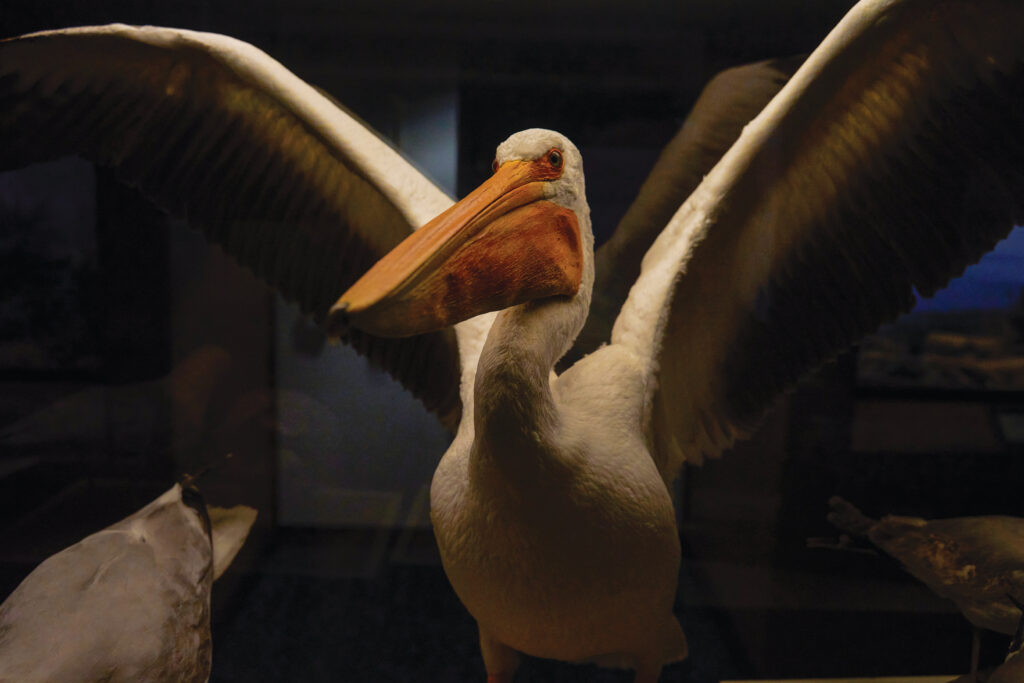
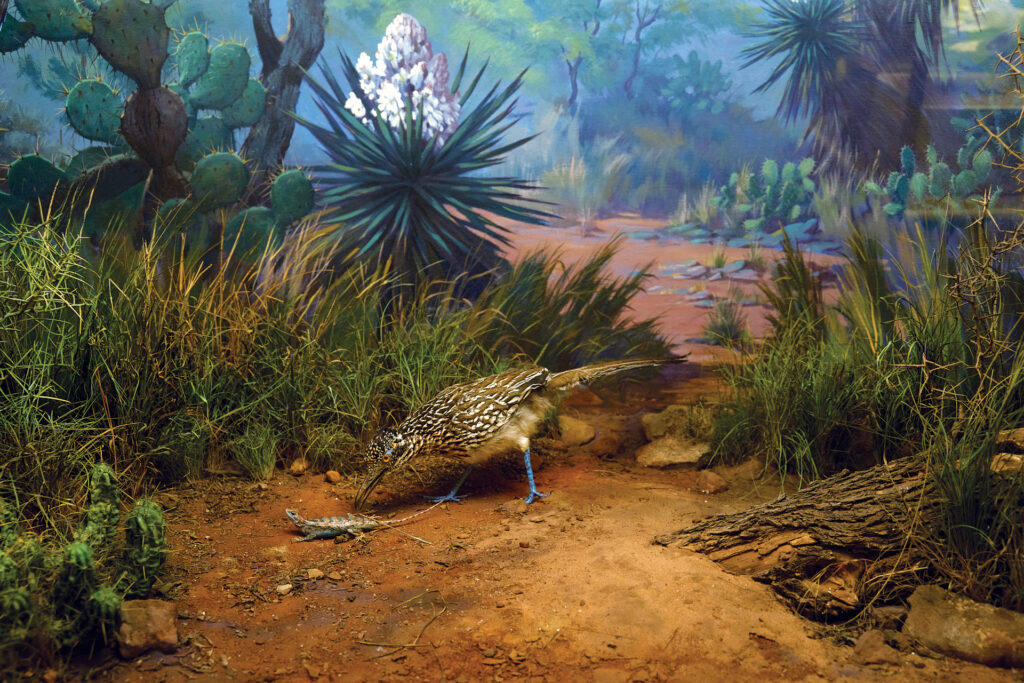
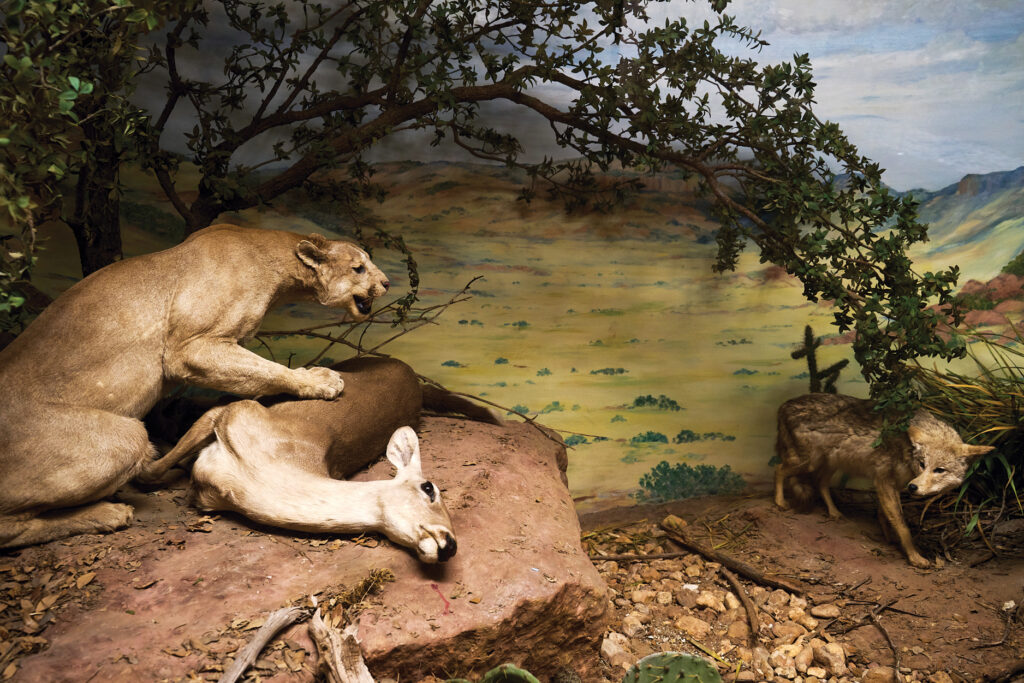
More possibilities are still opening. The museum is plotting out partnerships with its neighbors, like the Bass Concert Hall next door. Special holidays such as National Fossil Day and Texas Wildlife Day are back on the schedule and once again expected to draw large, diverse crowds.
“I think this brings science and natural history to life for all ages,” Connerat says. “This will continue to be a place to teach science to the K-12 schools around the state. Also, for younger families, there will be pre-K programming and a place they come and that they can touch things and learn about things.”
For the only science and natural history museum in Central Texas, it’s positioned as an ideal companion to the world-class institutions surrounding it.
“We want people to come and say, ‘Hey, we’re going to the Science and Natural History Musuem. We’re going to the Blanton, to the LBJ Library, the Harry Ranson Center,’” Connerat says. “All of these amazing places we have on UT campus as a thing to do—as a destination.”

Photos by Matt Wright-Steel
Learn more in our Alcalde Doc:




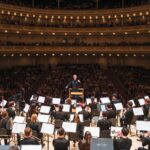



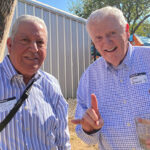





2 Comments